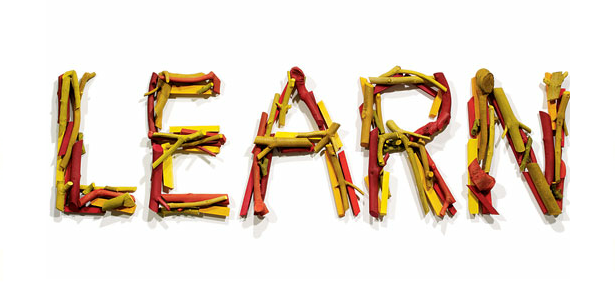When you think of budgeting, and saving money (I hope you do anyways) the first thing that comes to mind is not whether or not you successfully pass all of your courses at school. Unfortunately though it is something to consider when picking elective's (those can be killers sometimes), and your course load for the semester. Tuition is normally considered a fixed cost that doesn't change dramatically over the 4 years (or 5 or 6..) that you are completing your undergrad. But if you fail a course or take a lighter course load there may be a bigger hit on your budget than you would have thought.
These examples use the Ontario averages for tuition across all majors from 2009-2013
(4-year undergraduate degree)
An individual who takes a full course load every semester and passes all of their classes.
2009/2010-$5,985 per year (10 courses)
2010/2011-$6,316 per year (10 courses)
2011/2012-$6,815 per year (10 courses)
2012/2013-$7,180 per year (10 courses)
In tuition alone this student would pay about
$26,296.
An individual who takes a full course load each semester but failed 1 course in first year
Based on the first calculation lets just assume that 1 course costs about $600 by dividing the total tuition for year 1 by 10.
2009/2010-$5,985 per year (10 courses) Add failed course here= extra $600. $6,585
2010/2011-$6,316 per year (10 courses)
2011/2012-$6,815 per year (10 courses)
2012/2013-$7,180 per year (10 courses)
Ideally the student would take the course during the summer to avoid pushing graduation further and would pay an extra $600 over the course of their undergraduate degree. Totally approximately
$26,896
Essentially paying for the course twice to pass it once.
You can see how this can start to add up especially if the student fails more than 4 courses.
That's an extra $2,400 and not a single summer free of school.
If you don't take a full course load
In addition if you don't take a full course load, say 4 courses a semester most schools will charge you the full tuition rate. The breakdown would be as follows if you took 4 courses a semester instead of 5.
2009/2010-$5,985 per year (8 courses)
2010/2011-$6,316 per year (8 courses)
2011/2012-$6,815 per year (8 courses)
2012/2013-$7,180 per year (8 courses)
2013/2014-$7,180 per year (i'll be kind and assume that tuition didn't rise but I'm sure it will)
By not taking a full course load you essentially have to pay a full years tuition or about
$7,180 and you also run the risk of further extending your undergrad or taking summer courses for another $600 a course if you don't pass all of your courses.
Do you see where this all starts adding up?
A 4-year undergraduate program with all courses passed would cost around
$26,296 (if they started in the 2009/2010 school year)
A 4-year undergraduate program where a student failed 1 course would cost around
$26,896 (if they started in the 2009/2010 school year)
Technically a 5-year undergraduate stay where a student took 4 courses a semester would cost over
$34,000 (if they started in the 2009/2010 school year)
I believe some schools as least only charge you on a per course basis when you are taking 3 courses and under (this makes you a part-times student. Thus it will save you some money here and there.
It's important to be careful when you pick courses and keep track of the courses you failed. It may make more sense for you take a full course load especially if money is tight. I believe it's something that most people don't think about so I hope this post has opened some eyes.
Image





















